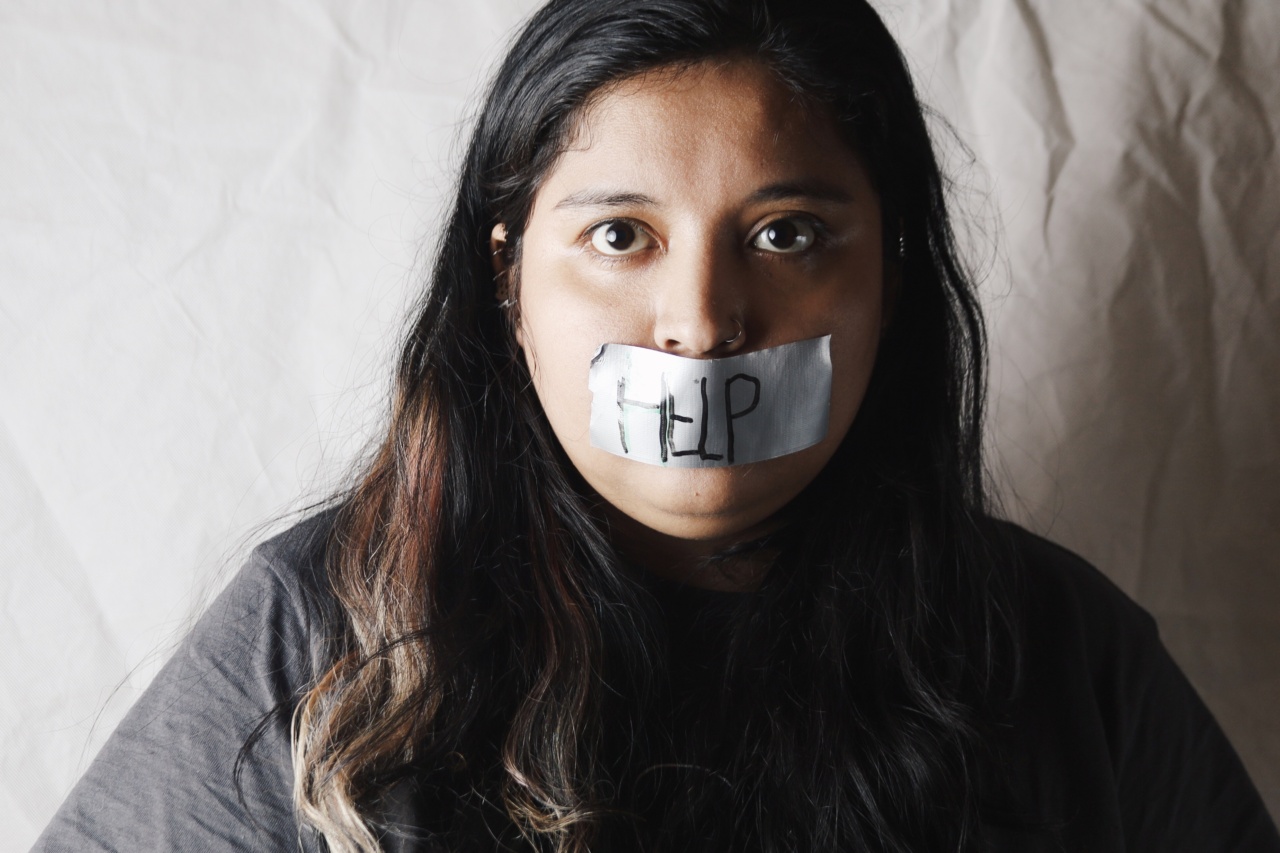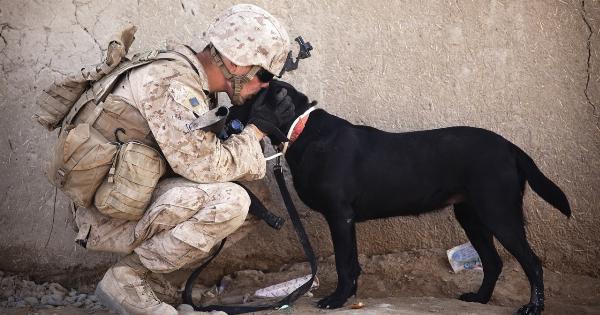Dogs, like humans, can experience fear. Whether it’s a loud noise, a new person, or a traumatic event, there are many things that can trigger fear in our furry friends.
Understanding what makes dogs scared and how to help them is essential for their well-being and happiness. In this article, we will explore the common fear factors for dogs and provide useful tips on how to alleviate their fears.
1. Loud Noises
Loud noises, such as thunderstorms, fireworks, or construction sounds, are often a major source of fear and anxiety for dogs. Dogs have more sensitive hearing than humans, so these noises can be overwhelming for them.
They may exhibit signs of fear such as trembling, hiding, or excessive barking.
To help your dog cope with loud noises, create a safe and quiet space for them to retreat to during these events. Close the curtains, turn on soothing music, and provide them with a cozy den-like area where they can feel secure.
Additionally, consider using white noise machines or calming pheromone diffusers to help mask the noise and create a more soothing environment.
2. Separation Anxiety
Dogs are social animals, and being separated from their human companions can cause significant distress. Separation anxiety is characterized by excessive barking, destructive behavior, and house-soiling when left alone.
To tackle separation anxiety, gradually desensitize your dog to your departures. Start with short periods of separation and gradually increase the duration over time.
Leave them with interactive toys or food puzzles to keep them entertained in your absence. Additionally, consider using calming aids, such as anti-anxiety wraps or pheromone sprays, to help them feel more at ease.
3. New Environments
Introducing your dog to a new environment, whether it’s a park, a new home, or a vet clinic, can trigger fear and anxiety. Dogs are creatures of habit and rely on familiar surroundings for comfort and security.
New environments can be overwhelming, leading to fearful behaviors.
When introducing your dog to a new environment, start by acclimating them gradually. Allow them to explore at their own pace, offering treats and praise for positive behavior.
Provide a familiar item, such as a blanket or toy, to help them feel more comfortable in the new surroundings. Gradual exposure will help build their confidence and reduce fearfulness.
4. Traumatic Experiences
Dogs, just like humans, can experience trauma. Whether it’s from abuse, an accident, or a negative encounter with another dog, these traumatic experiences can leave a lasting impact on their behavior and emotional well-being.
Dealing with a dog that has faced trauma requires patience and understanding. Consult with a professional dog trainer or behaviorist who can help design a personalized rehabilitation plan.
Never force your dog into situations that trigger fear or anxiety, as this can worsen their condition. Positive reinforcement training, such as clicker training, can also be beneficial in rebuilding their trust and confidence.
5. Lack of Socialization
Dogs that have not been properly socialized during their early development stages are more prone to fear and anxiety. Lack of exposure to different people, animals, and environments can result in fearful behavior later in life.
To help your dog overcome fear due to lack of socialization, gradually expose them to new people, animals, and environments. Start with controlled and positive interactions, rewarding them for calm and confident behavior.
Enrolling your dog in a reputable puppy socialization class can also provide them with valuable social experiences in a controlled setting.
6. Fear of Strangers
Many dogs exhibit fear or anxiety when encountering strangers. They may bark, growl, or try to hide when someone unfamiliar approaches. Fear of strangers can stem from previous negative experiences or simply from a lack of socialization.
To help your dog feel more at ease around strangers, it’s important to provide them with positive experiences. Introduce new people gradually, allowing your dog to approach them at their own pace.
Encourage visitors to ignore your dog initially, as direct eye contact or reaching can be intimidating. Offering treats and rewards for calm behavior around strangers can help build positive associations.
7. Fear of Other Dogs
Some dogs exhibit fear or aggression towards other dogs. This fear can stem from negative past experiences, lack of socialization opportunities, or a genetic predisposition.
Fearful behavior towards other dogs can lead to tense situations and limit your dog’s ability to interact with others.
Working with a professional dog trainer experienced in behavioral issues can be beneficial when dealing with fear towards other dogs.
They can help identify the triggers and develop a training plan to gradually desensitize and counter-condition your dog’s fear response. It’s crucial to always prioritize safety and never force your dog into situations that may intensify their fear or aggression.
8. Medical Conditions
Underlying medical conditions can sometimes manifest as fear or anxiety in dogs. Pain, cognitive dysfunction, or hormonal imbalances can lead to behavioral changes indicative of fear or discomfort.
If you suspect that your dog’s fear may be related to a medical condition, it’s vital to consult with a veterinarian. They can conduct a thorough examination and perform any necessary tests to assess your dog’s health.
Treating the underlying medical condition can often alleviate the fear symptoms.
9. Genetic Factors
Sometimes, fear in dogs can be attributed to genetic factors. Certain breeds may have a predisposition to anxiety or fearfulness due to their genetic makeup.
However, it’s important to note that genetics are not the sole determinant of a dog’s behavior.
When selecting a dog, research the breed’s temperament and consult with reputable breeders or rescue organizations. Early socialization and positive training can help mitigate fear or anxiety in genetically predisposed dogs.
Understanding and accommodating your dog’s individual needs is crucial to their overall well-being.
10. Seeking Professional Help
If your dog’s fear is severely impacting their quality of life or if you feel overwhelmed in helping them, seeking professional help is recommended.
A certified dog behaviorist or veterinary behaviorist can assess your dog’s behavior, develop a tailored behavior modification plan, and provide guidance throughout the process.
Remember, every dog is different, and there is no one-size-fits-all solution. Patience, consistency, and positive reinforcement are key to helping your dog overcome their fears.
By becoming their source of comfort and support, you can help them lead a happy and fear-free life.































